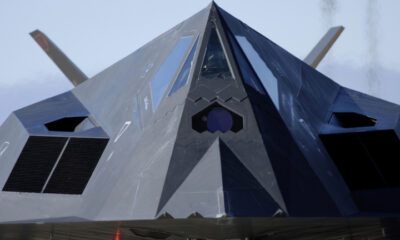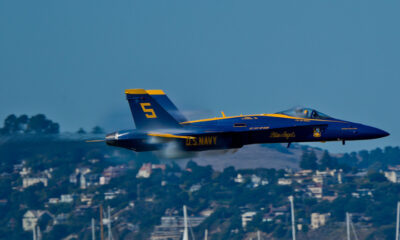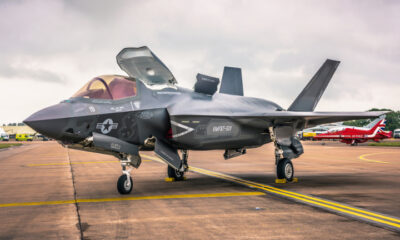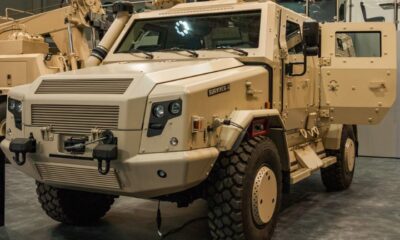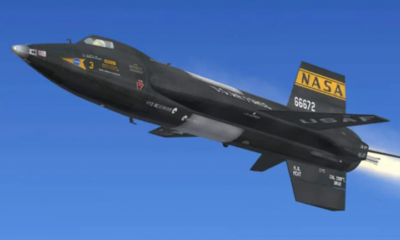MILITARY
15 Iconic WWII Military Machines That Changed History
Published
12 months agoon
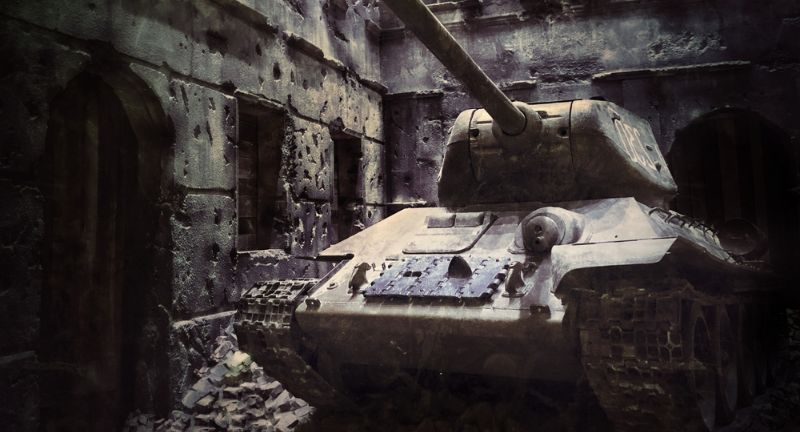
Shutterstock
World War II was a crucible of technological innovation, birthing an arsenal of military vehicles that would redefine modern warfare. From the roar of Sherman tanks across European battlefields to the silent glide of U-boats beneath the Atlantic, these machines of war played pivotal roles in the most defining conflicts of the 20th century.
This list dives into the 20 most formidable military vehicles that not only dominated WWII but also etched their names into the annals of military history.
KV-1 Tank (Soviet Union)

Wikipedia
The KV-1 was a heavy tank that posed a significant challenge to German forces during the early stages of the war on the Eastern Front. Its thick armor was virtually impervious to most German tank and anti-tank guns at the time. Although its mobility and mechanical reliability were issues, the KV-1’s defensive capabilities significantly contributed to Soviet defensive efforts.
T-34 Tank (Soviet Union)
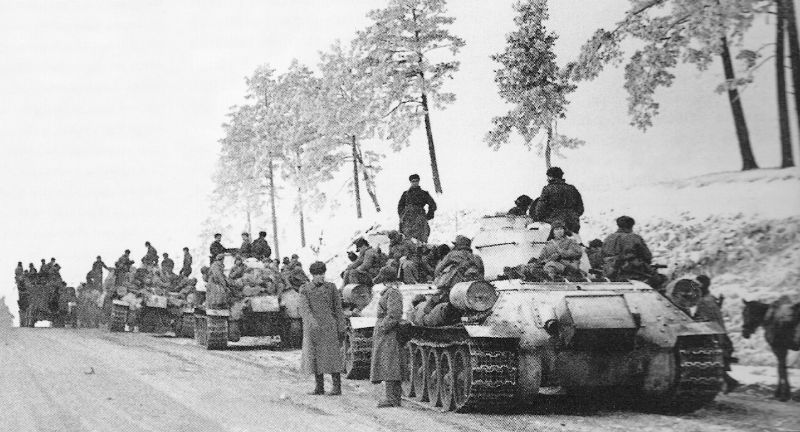
Wikipedia
The T-34 tank was a masterpiece of Soviet engineering, known for its robust armor, powerful firepower, and remarkable mobility. Its innovative sloped armor design significantly increased its survivability on the battlefield, making it a formidable opponent for German tanks. Widely regarded as one of the most effective, efficient, and influential tank designs of World War II, the T-34 played a pivotal role in the Soviet Union’s counter-offensive against Nazi forces, contributing greatly to the eventual Soviet victory on the Eastern Front.
Zero Fighter Aircraft (Mitsubishi A6M Zero) (Japan)

Wikipedia
The Mitsubishi A6M Zero was a long-range carrier-based fighter aircraft that dominated the early years of the Pacific War, known for its exceptional maneuverability and range. However, as the Allies developed tactics and introduced more advanced aircraft, the Zero’s vulnerabilities became apparent. Despite this, the Zero remains an iconic symbol of Japanese air power during World War II.
Sherman Tank (United States)
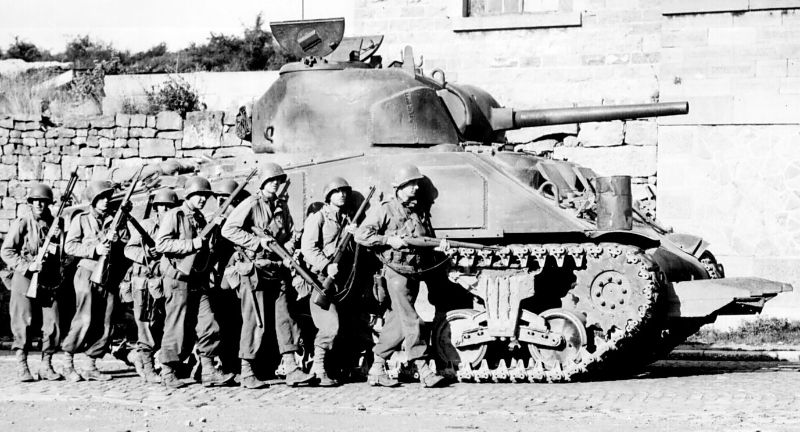
Wikipedia
The Sherman Tank, officially the Medium Tank, M4, was the most widely used medium tank by the United States and Western Allies during World War II. Its versatility and reliability, combined with the ease of production and maintenance, made it a key component in Allied operations across Europe and the Pacific. Though it faced criticism for its inferior armor and firepower compared to German heavy tanks, the Sherman’s numerical superiority and support capabilities proved decisive in the Allies’ combined arms approach to warfare.
Yamato Class Battleship (Japan)
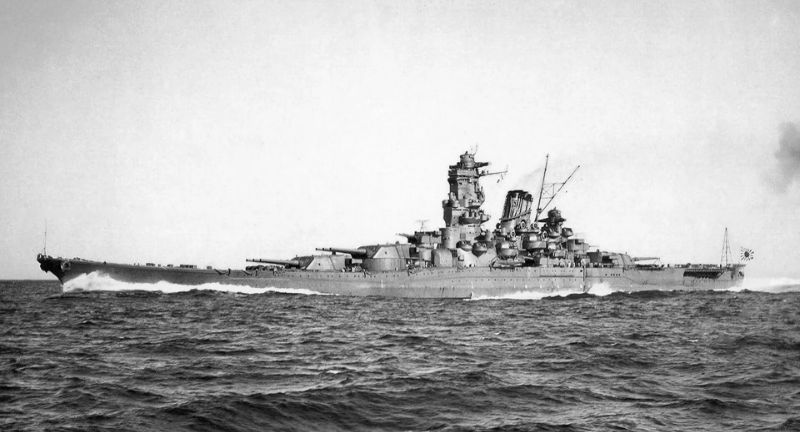
Wikipedia
The Yamato and her sister ship, Musashi, represented the zenith of battleship design, armed with the largest naval artillery ever fitted to a warship. Despite their immense power and armor, both ships were sunk by American aircraft, demonstrating the shift in naval power from battleship dominance to air superiority. The Yamato class remains a symbol of the Imperial Japanese Navy’s might and the strategic limitations of battleships in modern warfare.
Panther Tank (Germany)
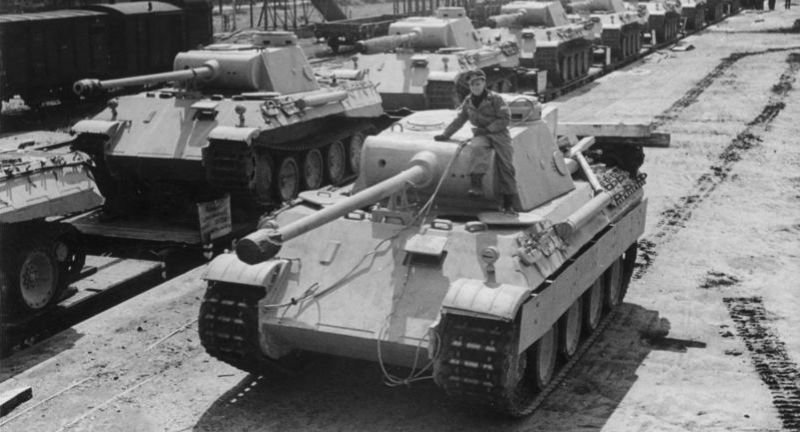
Wikipedia
Developed in response to the Soviet T-34, the Panther tank was a balance of firepower, armor protection, and mobility that many consider being the best tank design of World War II. Its sloped armor and powerful 75mm gun allowed it to engage most Allied tanks effectively while offering better protection and mobility. Despite its strengths, the Panther was plagued by early reliability issues, which were gradually overcome as the war progressed.
USS Enterprise (CV-6) (United States)
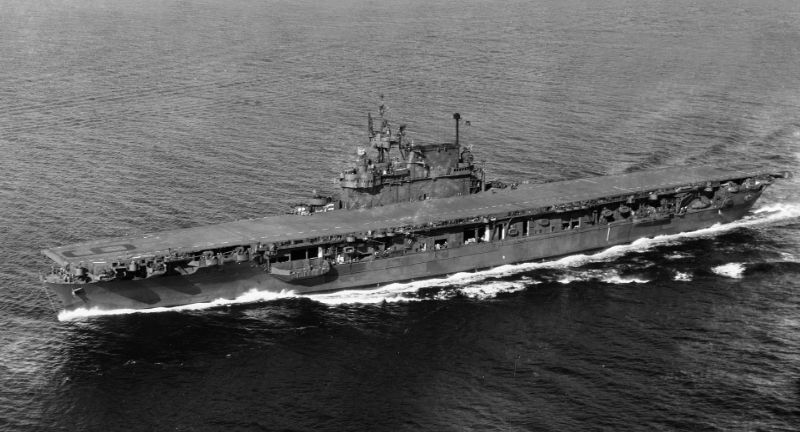
Wikipedia
“The Big E,” as the USS Enterprise was affectionately known, distinguished itself as one of the most decorated warships of World War II, participating in nearly every major Pacific battle. Its aircraft and crew played crucial roles in turning the tide of the war against Japan, from the Doolittle Raid to the Battle of Midway. The Enterprise’s resilience and combat effectiveness showcased the importance of aircraft carriers in naval warfare.
Spitfire Fighter Aircraft (United Kingdom)
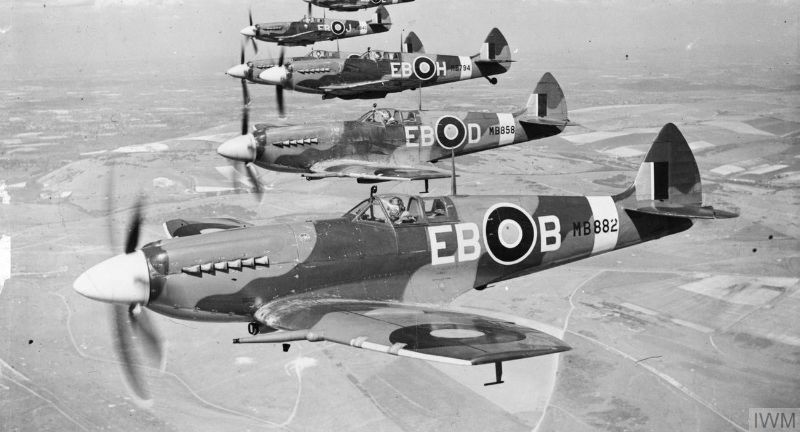
Wikipedia
The Supermarine Spitfire became an iconic symbol of British resistance during the Battle of Britain, renowned for its speed, agility, and precise handling. Continuously upgraded throughout the war, the Spitfire’s performance improvements allowed it to compete with newer Axis aircraft models. Its role in securing British airspace and its contributions to the Allied victory in Europe cannot be overstated.
Ilyushin Il-2 (Soviet Union)

Wikipedia
Known as the “Flying Tank,” the Ilyushin Il-2 Sturmovik was a heavily armored ground-attack aircraft that played a vital role in supporting Soviet ground forces. Its durability and firepower were crucial in breaking German lines and targeting armored vehicles, contributing significantly to the Soviet war effort. The Il-2’s impact on the Eastern Front earned it a revered place in military aviation history.
Messerschmitt Bf 109 (Germany)

Wikipedia
Serving as the backbone of the Luftwaffe’s fighter force, the Bf 109 was one of the most advanced fighters at the beginning of WWII, known for its speed, agility, and powerful armament. It was the most produced fighter aircraft in history, seeing action on all German fronts. While it was an exceptional fighter, its narrow landing gear design made takeoffs and landings tricky, posing challenges for less experienced pilots.
Tiger I Tank (Germany)
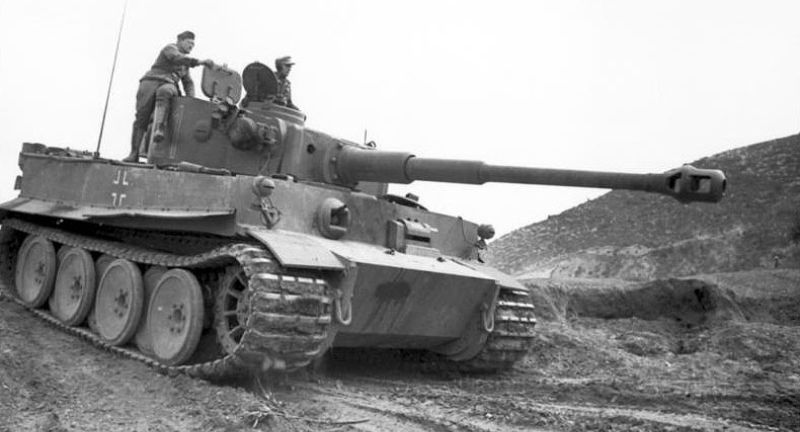
Wikipedia
The Tiger I tank represented the apex of German armored vehicle design during World War II, boasting an 88mm gun that could outmatch any Allied tank’s armor at considerable distances. Despite its superior firepower and armor, the Tiger I suffered from mechanical reliability issues and required considerable resources to produce, limiting its numbers on the battlefield. Its psychological impact on the enemy, however, was immense, instilling fear and caution in Allied tank crews.
P-51 Mustang (United States)

Wikipedia
Initially designed to meet a British requirement, the P-51 Mustang’s performance was transformed with the integration of the Rolls-Royce Merlin engine, making it one of the war’s most formidable long-range escort fighters. Its superior range and firepower made it a key asset in the Allied bombing campaign over Germany, protecting bombers and engaging Luftwaffe fighters with great success. The Mustang was instrumental in achieving air superiority over Europe.
Boeing B-17 Flying Fortress (United States)

Wikipedia
The B-17 Flying Fortress is best remembered for its strategic role in bombing campaigns over Germany, capable of withstanding heavy damage and still completing missions. Its durability, payload capacity, and defensive armaments made it a symbol of American air power. Operating in tight formations, B-17s delivered precision bombings on strategic targets, significantly impacting the German war effort.
Willys MB Jeep (United States)

Wikipedia
The Willys MB Jeep emerged as the workhorse of the Allied forces, known for its rugged construction, reliability, and versatility across various roles, from reconnaissance to ambulance services. Its four-wheel drive capability allowed it to traverse difficult terrains, making it indispensable on the front lines and beyond. The Jeep’s design has left a lasting legacy, influencing military and civilian off-road vehicles for decades.
Lancaster Bomber (United Kingdom)
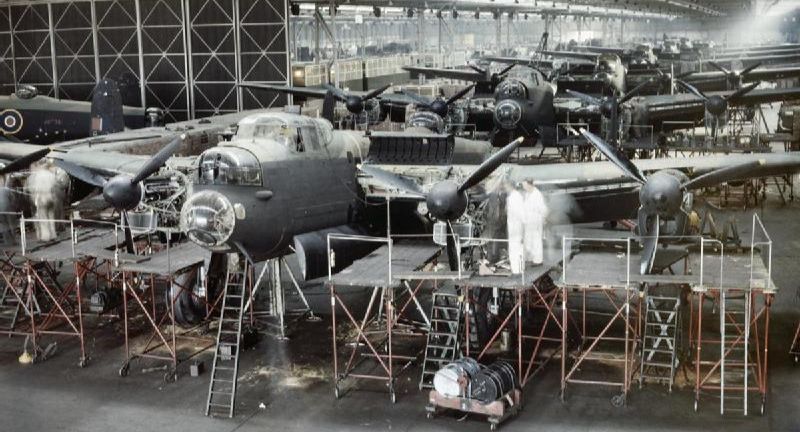
Wikipedia
The Avro Lancaster was the British Bomber Command’s heavy hitter, capable of carrying large bomb loads deep into enemy territory, including the famous “Dam Busters” raid. Its ability to deliver “Grand Slam” bombs made it a key player in strategic bombing campaigns against Germany, contributing to the Allies’ aerial warfare strategy. The Lancaster’s versatility and payload capacity made it one of the most effective bombers of the war.
Conclusion
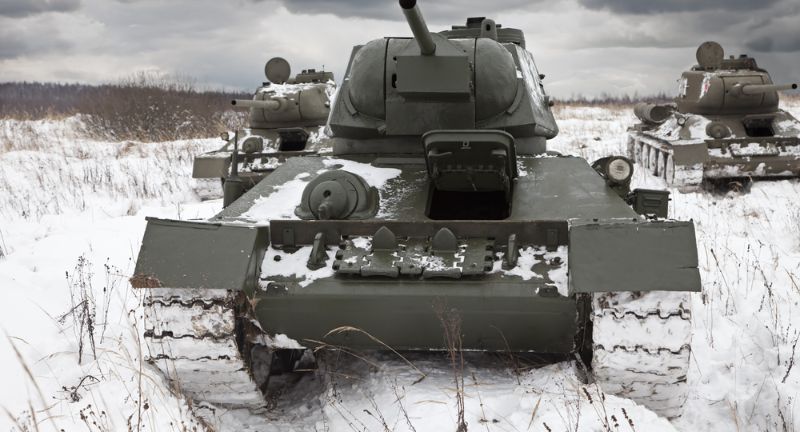
Shutterstock
These 20 military vehicles played indispensable roles in shaping the outcomes of World War II, each bringing unique strengths to the battlefront and leaving a lasting impact on military tactics and technology. From the skies of Europe to the vast Pacific, their contributions went beyond mere battlefield dominance, influencing the strategic decisions and war efforts of both the Axis and Allied powers.
Their legacy endures, not only as remarkable feats of engineering and design but as pivotal instruments in one of history’s most defining conflicts, forever changing the course of world events.


